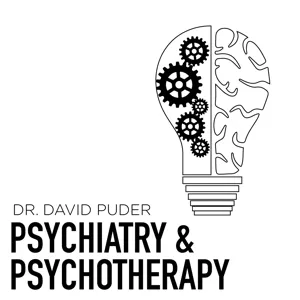47: How to Like Yourself More (Right Now)

It’s hard to find love when you don’t feel loveable yourself.
When you know you’ve made a ton of mistakes. Or you’ve internalized the idea that you’re just not a likeable person.
It becomes a self-perpetuating cycle: “I don’t like myself, so why should anyone else like me?” Then we feel lonely, beat ourselves up, feel like a failure, and like ourselves even less than before. We retreat more and more into our shell and lose that “spark” that makes us attractive to someone else as a potential partner
This is exhausting. It’s unfair. And it doesn’t do justice to who you really are on the inside and everything you have to give to the world.
It’s an overwhelming step to think about how to suddenly become supremely confident. So let’s do something more modest today.
In this episode, I want to share a small thing you can start doing today to get back your self-esteem and begin to reclaim your core confidence...
►► Deep down, if you know there’s something missing in your love life, your career, or your personal life...GOOD NEWS - I have a proven method to transform your life in just 6 short days with me → http://www.MatthewHusseyRetreat.com
